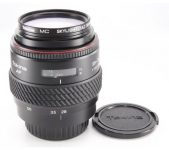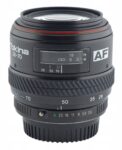Announced
Production status
Original name
System
Pros and cons
Genres or subjects of photography
Recommended slowest shutter speed when shooting static subjects handheld
The Holy Trinity of lenses (Nikon F, F/2.8D)
Nikon AF-S Nikkor 28-70mm F/2.8D IF-ED
Standard zoom lens • Film era • Discontinued
Abbreviations
| AF-S | The lens is equipped with Silent Wave Motor. |
| D | The lens relays subject-to-camera distance information to the camera. |
| IF | Internal focusing. |
| ED | The lens incorporates low dispersion elements. |
Specification

| Optical design: | |
| 28mm - 70mm [2.5X zoom ratio] | |
| F/2.8 across the focal length range | |
| 35mm full frame | |
| Nikon F [46.5mm] | |
| 75.4° @ 28mm - 34.3° @ 70mm (35mm full frame) | |
| 15 elements in 11 groups | |
| 1 ASPH, 2 ED | |
| Internal focusing (IF) | |
| On Nikon D APS-C [1.53x] cameras: | |
35mm equivalent focal length range: | 42.8mm - 107.1mm (in terms of field of view) |
35mm equivalent speed range: | F/4.3 (in terms of depth of field) |
Diagonal angle of view: | 53.6° @ 28mm - 22.8° @ 70mm |
| Diaphragm mechanism: | |
Diaphragm type: | Automatic |
Aperture control: | Aperture ring (Manual settings + Auto Exposure setting) |
| 9 (nine) | |
| Zooming: | |
Zoom mechanism: | Manual |
Zoom control: | Zoom ring |
Zoom type: | Rotary |
Zooming method: | Extends while zooming |
| Focusing: | |
| 0.7m | |
| 1:8.6 @ 70mm | |
Focusing modes: | Autofocus, manual focus |
Autofocus motor: | Silent Wave Motor |
Manual focus control: | Focusing ring |
Focus mode selector: | M/A - M |
Manual focus override in autofocus mode: | Yes |
| Vibration Reduction (VR): | |
| - | |
| Physical characteristics: | |
| 935g | |
| ⌀88.5×121.5mm | |
| - | |
| - | |
| Accessories: | |
| Screw-type 77mm | |
| HB-19 - Bayonet-type petal-shaped | |
| Nikon Teleconverter TC-14 → 39-98mm F/3.9 | |
| Nikon Teleconverter TC-14A → 39-98mm F/3.9 | |
| Nikon Teleconverter TC-200 → 56-140mm F/5.6 | |
| Nikon Teleconverter TC-201 → 56-140mm F/5.6 |
Source of data
- Manufacturer's technical data.
Manufacturer description #1
Melville, New York, October 28, 1998 - Nikon has brought the advantages of its Silent Wave Motor and Autofocus (AF) technologies to the photojournalism, action and low-light categories with two new lenses - the AF-S Zoom-Nikkor 28-70mm f/2.8D IF-ED and the AF-S Zoom-Nikkor 80-200mm f/2.8D IF-ED.
The new lenses incorporate AF-S Nikkor lens technology, which provides faster and more accurate autofocus operation, along with an all-new optical design to make them smaller and lighter for more effective field use. Autofocus performance is formidable, allowing the user to shoot up to eight perfectly focused frames per second, with Focus Tracking and Lock-On™.
The lenses are also perfectly balanced, with Internal Focusing (IF) for ultra-fast autofocus performance, compact design, lightweight construction, critical balance and closer focusing ability. In addition, Nikon's exclusive Silent Wave Motor (SWM) technology enables swifter autofocusing with exceptional accuracy and powerful, whisper-quiet operation. Each AF-S Nikkor lens' Silent Wave Motor interfaces directly with the lenses' focusing elements. Because there is no gear-train, there is none of the power loss or noise associated with conventional gear-type lens driving systems. Virtually silent, Nikon's new AF lenses provide significant advantages.
Each of the new lenses boasts a newly-designed optical system, demonstrating Nikon's unsurpassed status as the world's preeminent designer of high-performance optics. With exclusive Extra-Low Dispersion (ED) optical glass, and for the wide-angle zoom a new molded-glass aspherical lens design, the two new lenses offer minimized distortion and chromatic/spherical aberration, while delivering superior resolution, color brilliance, brightness and contrast. A nine-blade, rounded diaphragm makes out-of-focus elements in the picture appear more natural.
The advanced M/A mode featured in all AF-S Nikkor lenses allows the photographer to switch instantly from autofocus to manual performance, even during AF servo operation, with virtually no lag time. As with all AF and AF-S Nikkor lenses, there is no power consumption during manual focusing.
Comfort and usability are ensured with a wide variety of features for streamlined performance. A rotating zoom ring offers precise zoom control, and the filter attachment does not rotate during focusing and zooming. Dedicated lens hoods effectively minimize stray light. A detachable tripod mounting collar is provided with the 80-200mm lens. And, the lenses are built to be dust- and moisture-resistant.
The new lenses, like the 300mm f/2.8D, 400mm f/2.8D, 500mm f/4D and 600mm f/4D before them, deliver superior fast and accurate autofocus performance with Nikon's award-winning, flagship F5 camera body and the Nikon F4, F4S, N90s, N70, Pronea 6i and Pronea S cameras. In addition, the new lenses can be used for manual focusing with virtually every Nikon single lens reflex (SLR) camera. System compatibility is ensured through the use of Nikon's exclusive F-lens mount, part of the legacy of life-long flexibility and interchangeability that Nikon offers with its Total Imaging System.
Nikon AF-S Zoom-Nikkor 28-70mm F/2.8D IF-ED Lens
- Nikon's exclusive Silent Wave Motor enables fast, accurate and quiet autofocus performance.
- Newly-designed optical system for superior optical performance.
- Designed with a molded-glass aspherical lens for minimized distortion, higher resolution and superior contrast.
- Two ED (extra-low dispersion) glasses minimize chromatic aberrations.
- Nikon Integrated Coating provides exceptional color balance and image contrast
- Rounded diaphragm opening (9 blades) makes out-of-focus elements appear more natural.
- Distance Signal enables the highest compatibility with Nikon's advanced SLR designs.
- IF (internal focusing) ensures fast AF operation, compact, lightweight construction and a closer focusing distance.
- M/A mode enables switching from autofocus to manual focus, even during AF servo operation, with virtually no lag time.
- No power consumption during manual focusing operation.
- Filter attachment does not rotate during focusing and zooming.
- Rotating zoom ring for precise zoom control.
- Dedicated lens hood effectively minimizes stray light.
- Dust- and moisture-resistant design.
Manufacturer description #2
Equipped with all of Nikon’s exclusive lens technologies, this is one of the world’s highest performing lenses. Features include Silent Wave Motor (SWM), aspherical lens element, two ED glasses, 9-blade rounded aperture, M/A mode, Super Integrated Optical coating, Nikon D-type (Distance Signal Technology) and IF (Internal Focusing) design. Rotating zoom ring offers precise zoom control. Filter attachment does not rotate during focusing or zooming. Dedicated lens shade effectively shields against stray light. Has a dust and moisture-resistant design. Filter size is 77mm
From the editor
Totally outstanding all round performer. It can focus down to 70cm, with a close focusing capability at all focal lengths of 50cm. The SWM ensures the AF is very quick and positive. Images are extremely sharp at all focal lengths and apertures, even wide open, with a highly commendable flat field. Flare and ghosting are well controlled at apertures below f5.6, but above this care needs to be taken shooting against the light.
Compared to other standard zoom lenses in the Nikon F system
- Fastest speed (F/2.8), along with 4 other models
- Constant speed (F/2.8), along with 5 other models
- One of the heaviest (935g)





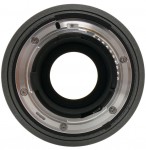
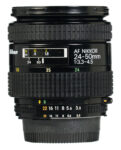
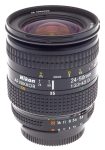
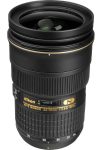

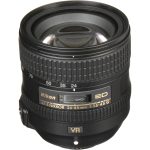
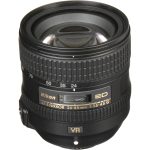
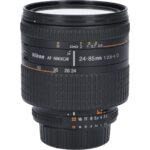
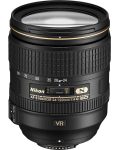
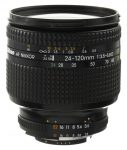
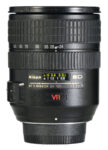

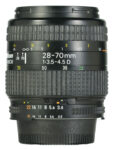
![Nikon AF Nikkor 28-80mm F/3.5-5.6D [I]](https://lens-db.com/wp-content/uploads/2012/07/nikkor-28-80d-01-105x150.jpg)
![Nikon AF Nikkor 28-80mm F/3.5-5.6D [II]](https://lens-db.com/wp-content/uploads/2012/10/AF-28-80-II-01-102x150.jpg)
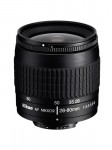
![Nikon AF Nikkor 28-85mm F/3.5-4.5 [I]](https://lens-db.com/wp-content/uploads/2012/10/AF-28-85-01-102x150.jpg)
![Nikon AF Nikkor 28-85mm F/3.5-4.5 [II]](https://lens-db.com/wp-content/uploads/2012/10/39433_6-105x150.jpg)
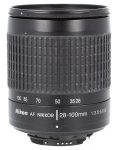
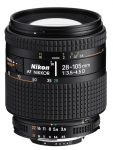
![Nikon AF Nikkor 35-70mm F/3.3-4.5 [I]](https://lens-db.com/wp-content/uploads/2012/10/s-l1600-29-150x150.jpg)
![Nikon AF Nikkor 35-70mm F/3.3-4.5 [II]](https://lens-db.com/wp-content/uploads/2012/10/41313_6-142x150.jpg)


![Nikon AF Nikkor 35-80mm F/4-5.6D [I]](https://lens-db.com/wp-content/uploads/2012/10/35-80D-133x150.jpg)
![Nikon AF Nikkor 35-80mm F/4-5.6D [II]](https://lens-db.com/wp-content/uploads/2012/10/s-l1600-1-150x150.jpeg)
![Nikon AF Nikkor 35-105mm F/3.5-4.5 [I]](https://lens-db.com/wp-content/uploads/2012/10/AF35105-01-100x150.jpeg)
![Nikon AF Nikkor 35-105mm F/3.5-4.5 [II]](https://lens-db.com/wp-content/uploads/2015/10/nikon-af-35-105-non-d-new-02-130x150.jpg)
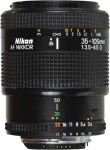
![Nikon AF Nikkor 35-135mm F/3.5-4.5 [I]](https://lens-db.com/wp-content/uploads/2012/10/N35135-84x150.jpeg)
![Nikon AF Nikkor 35-135mm F/3.5-4.5 [II]](https://lens-db.com/wp-content/uploads/2012/10/nikkor-35-135-II-01-96x150.jpg)

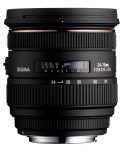
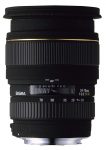
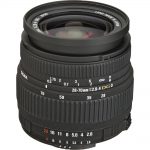
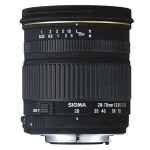
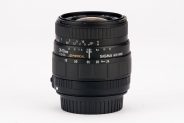
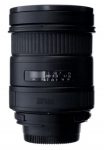

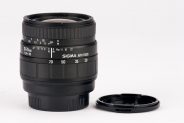
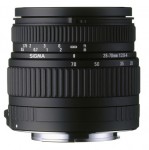
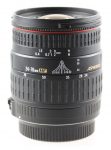


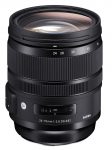
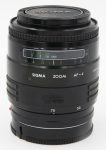

![Tamron SP AF 28-75mm F/2.8 XR Di LD Aspherical [IF] Macro A09](https://lens-db.com/wp-content/uploads/2012/07/t2875sd2-130x150.jpg)
![Tamron SP AF 24-70mm F/2.8 Di [VC] USD A007](https://lens-db.com/wp-content/uploads/2012/07/tamron_24-70_f2-8vc-108x150.jpg)
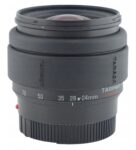
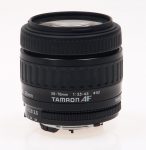
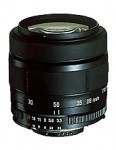
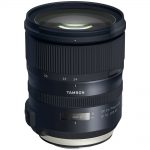

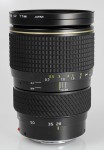
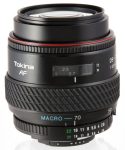
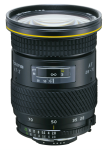
![Tokina AT-X Pro AF SD 24-70mm F/2.8 [IF]](https://lens-db.com/wp-content/uploads/2015/02/24_70FX_Ca_L-108x150.jpg)

